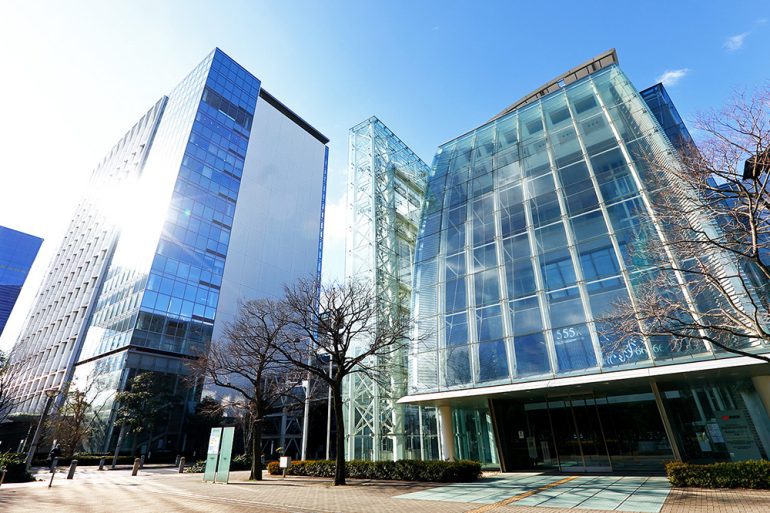- Japan’s AIST enhances AI capabilities with ABCI 3.0, integrating NVIDIA H200 GPUs and Quantum-2 InfiniBand networking.
- ABCI 3.0 aims to accelerate AI research and development, succeeding the world’s first ABCI launched in 2018.
- Supported by Japan’s METI, the project is part of a $1 billion initiative to strengthen AI and cloud computing infrastructure.
- NVIDIA’s collaboration underscores commitment to advancing generative AI, robotics, and quantum computing in Japan.
- ABCI 3.0 promises 6 AI exaflops and 410 petaflops of general computing power, set to launch near Tokyo by year-end.
Main AI News:
Japan’s National Institute of Advanced Industrial Science and Technology (AIST) is set to bolster its AI research and development capabilities with the integration of NVIDIA H200 Tensor Core GPUs into the AI Bridging Cloud Infrastructure 3.0 supercomputer (ABCI 3.0). This collaboration with Hewlett Packard Enterprise (HPE) marks a significant step towards strengthening Japan’s technological independence and advancing its AI sovereignty.
ABCI 3.0, the latest iteration of Japan’s Open AI Computing Infrastructure, is designed to propel AI R&D forward with enhanced performance and scalability. The system will feature the NVIDIA Quantum-2 InfiniBand networking technology, known for its superior capabilities in handling intensive AI workloads.
“Since launching ABCI in August 2018, the world’s first large-scale open AI computing infrastructure, we have amassed valuable experience,” noted AIST Executive Officer Yoshio Tanaka. “ABCI 3.0 represents a strategic upgrade in collaboration with NVIDIA and HPE, aimed at furthering our research capabilities in generative AI within Japan.”
The project, supported by Japan’s Ministry of Economy, Trade and Industry (METI) through the Economic Security Fund, underscores Japan’s commitment to investing in advanced computing resources. It forms part of METI’s broader $1 billion initiative, focusing on bolstering both ABCI efforts and cloud AI computing investments.
“NVIDIA’s partnership with METI underscores our commitment to advancing research in generative AI, robotics, and quantum computing,” stated NVIDIA Founder and CEO Jensen Huang during discussions with Japanese leaders. Huang highlighted the pivotal role of “AI factories” in transforming global economies, emphasizing the need for robust infrastructure like ABCI to drive innovation.
ABCI 3.0, scheduled to launch later this year in Kashiwa near Tokyo, promises unparalleled computing power:
- 6 AI exaflops for AI-specific tasks
- 410 double-precision petaflops for general computing
- Quantum-2 InfiniBand connectivity providing 200GB/s of bisectional bandwidth per node
The integration of NVIDIA H200 GPUs, renowned for their energy efficiency and computational prowess, positions ABCI 3.0 at the forefront of AI research infrastructure. These GPUs are set to accelerate generative AI and scientific computing, significantly improving energy efficiency compared to previous architectures.
With its state-of-the-art capabilities and METI’s strategic backing, ABCI 3.0 aims to streamline the development of next-generation AI technologies in Japan. By subsidizing AI supercomputer initiatives, Japan aims to solidify its position as a global leader in AI innovation, fostering collaboration across industries, academia, and governments to shape the future of AI technology worldwide.
Conclusion:
Japan’s deployment of the ABCI 3.0 supercomputer, fortified with advanced NVIDIA technology and supported by substantial government investment, marks a significant stride towards enhancing its AI sovereignty. This initiative not only strengthens Japan’s position in global AI innovation but also underscores its strategic vision to lead in AI research and development. By fostering a robust ecosystem for technological advancement, Japan aims to drive future innovations in AI, positioning itself at the forefront of the global AI landscape.

